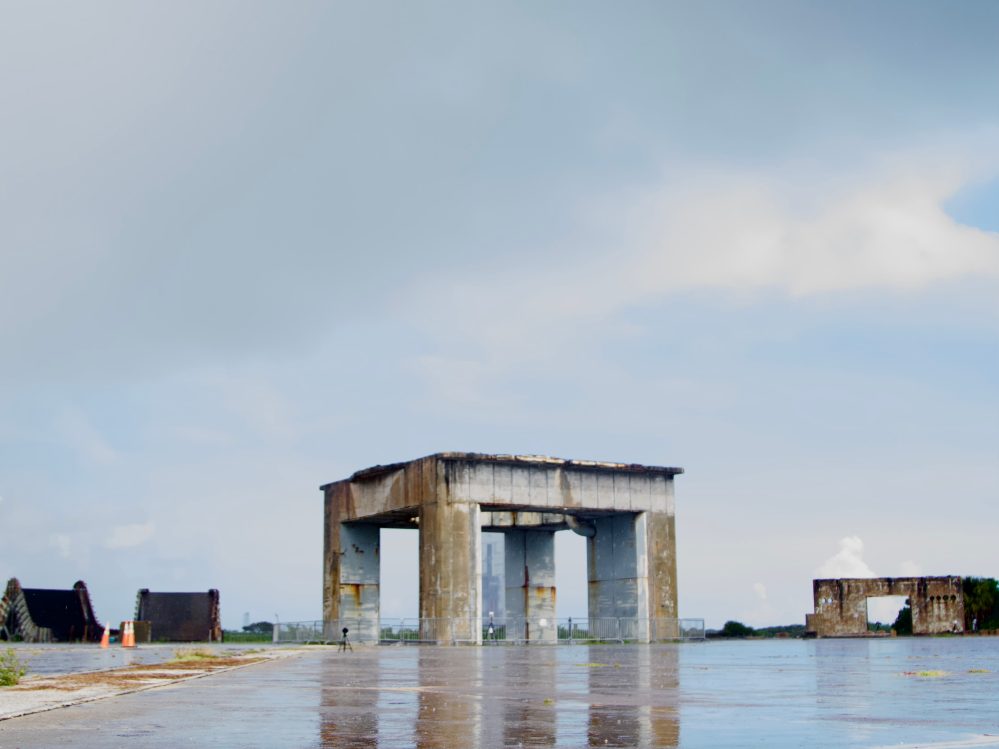
The US reached the Moon with the Apollo program, and we haven’t been back since. But the planned first crewed mission of the program, Apollo 1, ended tragically before the rocket ever left the launch pad. The mission is deemed by NASA one of the worst incidents in spaceflight history.
Gus Grissom, Ed White, and Roger Chaffee lost their lives, not during a launch, but during a rehearsal test. The three were in the Command Module on the Saturn 1B rocket running through the countdown to launch.
Once the test began, a number of issues, including failure in communication, caused the test to be delayed by several hours. At one point, Grisson made the notable statement, “how are we going to get to the Moon if we can’t talk between three buildings?” About a minute later, a surge was recorded in the AC bus, indicating a possible short-circuit. Shortly after, panic is heard over the radio, but one word sticks out amongst the noise, “Flames!”
“We’ve got a bad fire in the cockpit!” one of the crew members can be heard yelling. The Command Module’s oxygen-rich interior had gone up in flames, with the crew trapped inside. The hatch could only open inward and had several latches that required a special ratchet to operate. Technicians were able to get the hatch open about five minutes after the fire had begun, but they were tragically far too late. The men inside had likely died within 30 seconds due to smoke inhalation and severe burns.
An extensive investigation was launched to look into the cause of the terrible fire. During this investigation, the Apollo program was put on hold to prevent further incidents. The investigation ultimately concluded that the fire’s most likely cause was a spark that had originated from a bundle of wires next to Grissom’s seat. Due to these findings, various changes were made to the program over the following years.

Following the incident, the Apollo 1 Command Module was impounded for study and then locked away in a NASA storage facility located at the Langley Research Center. Many important lessons were learned from the fire that contributed to the overall success of the Apollo program. Because of this, the deaths of the three brave astronauts were not in vain and the risk of exploring our universe is not taken lightly.

Today the decommissioned Launch Complex 34 serves as a memorial to the fallen astronauts with this message:
LAUNCH COMPLEX 34
Friday, 27 January 1967
1831 HoursDedicated to the living memory of the crew of the Apollo 1
U.S.A.F. Lt. Colonel Virgil I. Grissom
U.S.A.F. Lt. Colonel Edward H. White, II
U.S.N. Lt. Commander Roger B. ChaffeeThey gave their lives in service to their country in the ongoing exploration of humankind’s final frontier. Remember them not for how they died but for those ideals for which they lived.
Enjoy reading Space Explored?
Help others find us by following on Apple News and Google News. Be sure to check us out on YouTube, Twitter, Facebook, and Instagram, join our Discord!
FTC: We use income earning auto affiliate links. More.

Comments